
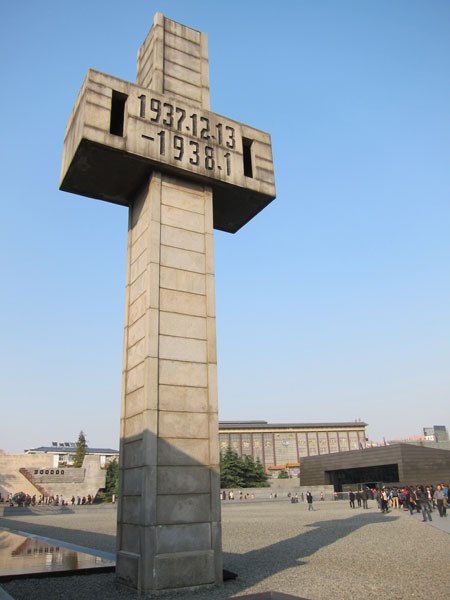 |
| The Memorial for the victims of the Nanjing Massacre. (China Daily/Hari Raj) |
The walls rise to form an elevated plaza, a favorite meeting place for families with young children. Various games are played with various degrees of passion, and panoramic views of the city are garnished by brilliant blue skies and more than a few kites.
From here we trek north, detouring for a quick walk around the rather pretty Mochou Lake before heading west to the Memorial Hall of the Victims of the Nanjing Massacre.
In 1937, the Japanese army occupied Nanjing and began six weeks of destruction, pillage, rape and slaughter. At that time, more than 300,000 people were killed, and the memorial is a stark reminder of that loss.
The pyramidal structure looms over the surrounding buildings, as does the grief-contorted statue outside it. The exterior is minimalist. Small statues, commemorating the fallen and those who fled, keep watch beside a long, quiet pool.
Inside, the aesthetic is similar. There is a giant cross standing over paths that cut through gravel, leading to walls bearing the names of those who fell to Japanese cruelty. There are historical documents and films, but the simple, powerful emptiness stands as a silent tribute to the trauma the city endured.
The sun comes out the next day, timing its appearance to perfection as we head for Purple Mountain. Known in Mandarin as Zijinshan, the site is a glorious hodgepodge of parks, paths and ancient tombs that would take days to fully explore.



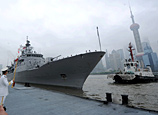
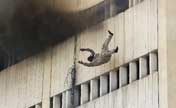

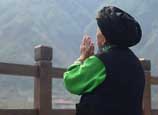
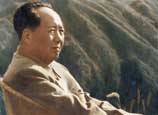
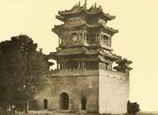


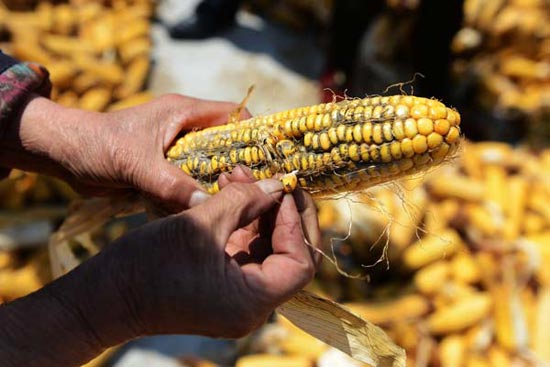








![]()
